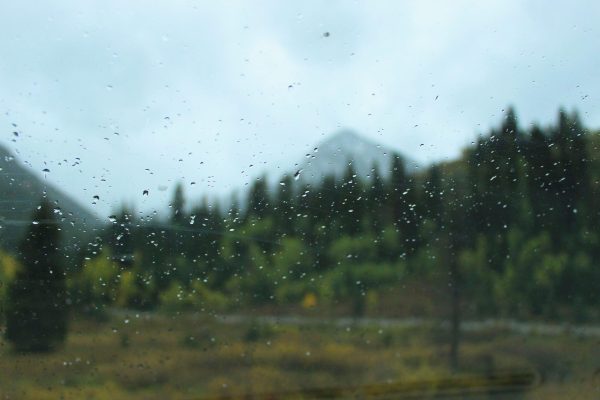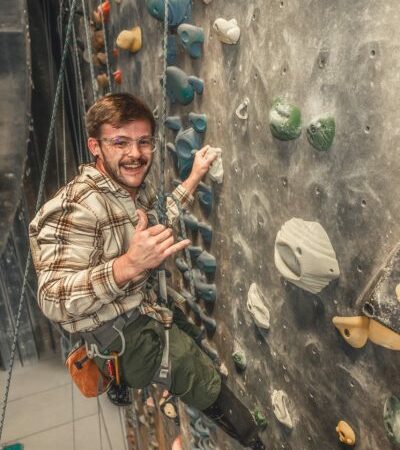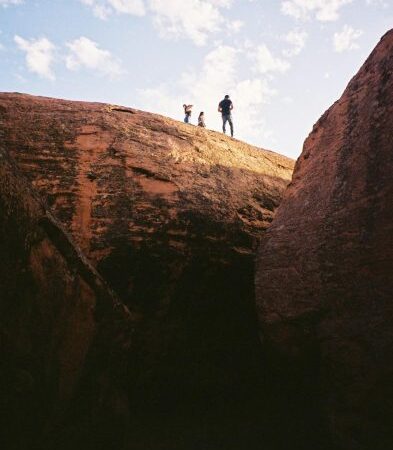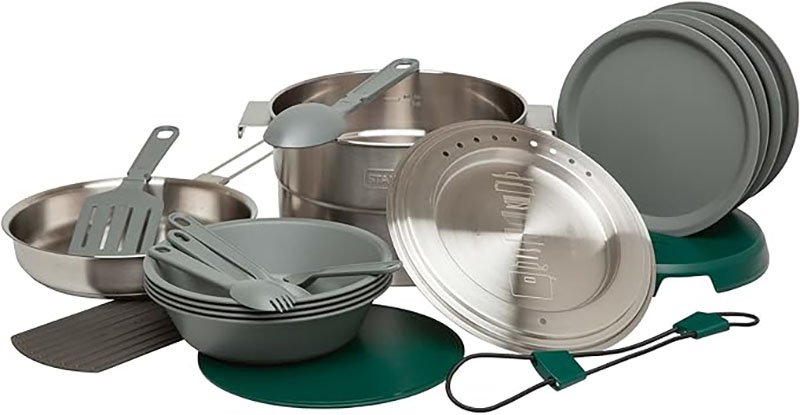Knot Right
Knowing what knots to use, and when to use them, is what keeps us where we want to be, instead of broken on the ground. With a strong knowledge of these knots and hitches, one can do pretty much anything they’d need to, including building and operating rescue systems.
There’s a certain cult of people who spend too much time learning different knots. In actuality, it’s better to know a few extremely well, than to kind of know a bunch of different ones.
Figure of Eight
The figure eight is easy to tie and fairly easy to untie if properly dressed. If hastily tied and poorly dressed, it will still work, but probably be harder to untie. It’s also easy to inspect, compared to the bowline and variants. It’s good for tying into a rope, attaching a carabiner at the end of a line, or constructing an anchor.
On the other hand, I can’t think of anything the eight can do but the bowline can’t. The eight may be slightly stronger, but if that’s a concern, something’s already gone extremely wrong.
The bowline does have to be backed up. It seems more difficult to learn, and more people are familiar with and can inspect the eight. I like having other people check my work, so the eight is often preferable.
Ring Bend
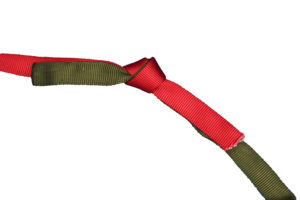
The Ring Bend is the best knot to tie two pieces of webbing together or to tie one piece into a loop.
Double Fisherman’s
The double fisherman’s knot can be used to join two ropes together. More commonly, it’s used to tie accessory cords into a loop so it can be used to tie friction hitches.
Prusik Hitch
The Prusik Hitch is one of the most versatile friction hitches. It locks in both directions, and it can be used as progress capture in ascending systems and hauls. You can also use it to back up a rappel, or for positioning or safety.
Alpine Butterfly
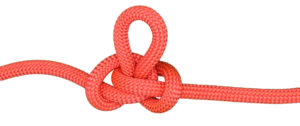 If you really wanted to tie into a harness with a butterfly, you could and it would be safe, but that’s a difficult way to tie this knot.
If you really wanted to tie into a harness with a butterfly, you could and it would be safe, but that’s a difficult way to tie this knot.
The alpine butterfly is better for when you need an attachment point in the middle of a rope or something that can be loaded in multiple directions. It’s used in “Y-Hangs,” where a rope is attached to two bolts.
The easiest way to tie a directional figure eight is to tie a butterfly instead.
Klemheist Hitch
The Klemheist Hitch is another friction hitch, and it works well in webbing. It’s one way to use a sling as an improvised foot loop. Use caution when using Dyneema, as it melts at a low temperature.
Extra Credit:
Clove Hitch
The Clove Hitch is useful for attaching a carabiner to the middle of the rope. Although unusual, it has been known to slip, so it shouldn’t be used near the end of the rope.
Munter
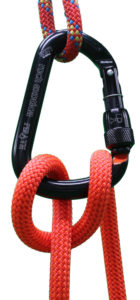 I’m going to say it: everything you know about the Munter is probably wrong. Used properly, keeping both strands parallel, it twists the rope less than a Gri Gri does. (Yes, Gri Gris can twist a rope!) With a Munter hitch, a one to two-person load can easily be controlled on most ropes. The Funter and Super Munter are also options, but that’s going deep down the rabbit hole.
I’m going to say it: everything you know about the Munter is probably wrong. Used properly, keeping both strands parallel, it twists the rope less than a Gri Gri does. (Yes, Gri Gris can twist a rope!) With a Munter hitch, a one to two-person load can easily be controlled on most ropes. The Funter and Super Munter are also options, but that’s going deep down the rabbit hole.
Regular practice is critical. If you can tie a knot while you’re half-distracted watching Netflix, you probably know it reasonably well. If you can teach it to someone, even better. And remember, tying even the most familiar knot feels a little different when there are a few hundred feet between you and the dirt.
The post Knot Right appeared first on Wasatch Magazine.

